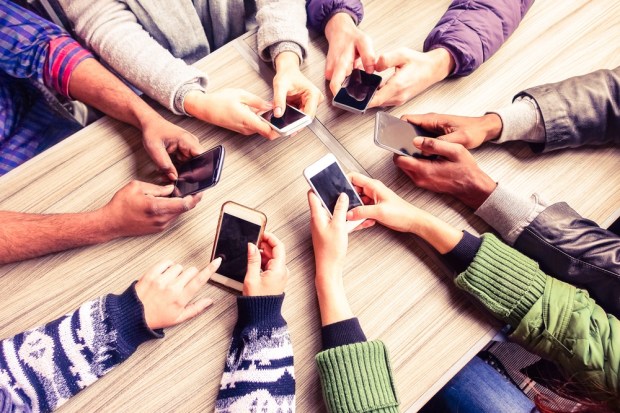New, Pricier Smartphones Deter Potential Consumers

New data shows that Americans are waiting longer to upgrade their smartphones, with pricier models playing a key factor in the delay.
According to data for the third quarter from HYLA Mobile, consumers are now waiting an average of 2.83 years to upgrade their smartphones.
“Two years ago, the average trade-in device was under 2.5 years old. Since then, the average age of used devices has risen steadily,” HYLA wrote in a blog post.
And some analysts estimate that upgrade cycles will soon stretch to 33 months — just short of three years. Part of that expansion is because of iPhone price. Phones — iPhones, in particular — have become very expensive. The top-of-the-line iPhone X is shy of $1,500 when all is said and done, and the iPhone 8 is about $900.
So it’s not surprising that HYLA’s data shows that Apple owners hold onto their devices longer than Android users, with the average age of a traded-in iPhone at 2.92 years old. PYMNTS discusses why this should make Apple afraid in its recent Seven Big Threats rundown.
In addition, new wireless phone contracts are forcing more customers to pay full price for devices that used to be subsidized by major cell carriers like Verizon and AT&T. Those higher costs, coupled with less-generous promotions, have led to many consumers to skip the two-year upgrade of both devices and service contracts.
“Once you’ve paid the phone off, you realize that you’re getting a considerable sum knocked off your bill every month. When you get a new phone you lose that financial advantage,” said Jeffrey Moore, a telecom-industry analyst and principal of Wave7 Research, according to the Wall Street Journal.
Consumers are also hanging onto their iPhones because they look very much the same from model to model. Meanwhile, operating system upgrades give consumers the benefits of new features on older handsets — for free.
As a result, UBS Group AG analysts expect 22.8 percent of U.S. postpaid phone users to upgrade their device in 2018, down from 30 percent in 2015.
